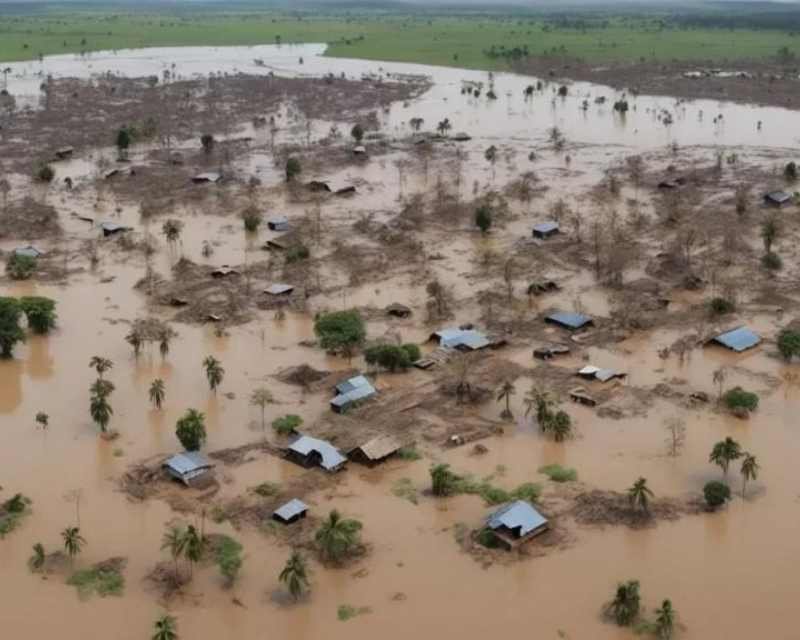
Recent Hanang Landslide in Tanzania
In recent times, Tanzania has experienced devastating landslides, with the Hanang region being one of the areas severely affected. These landslides have caused significant loss of life, destruction of infrastructure, and damage to property. In the face of such natural disasters, the importance of climate finance for addressing loss and damage becomes evident. This blog post aims to shed light on the recent Hanang landslide in Tanzania and emphasize the significance of climate finance in mitigating and managing the impacts of such events.
The Hanang Landslide
The Hanang region in Tanzania has recently witnessed a tragic landslide, resulting in loss of life, destruction of infrastructure, and damage to property [1]. The heavy rains, triggered by El Niño, have contributed to the occurrence of landslides in various parts of the country, including Hanang. The landslides have caused significant damage to roads, bridges, railways, homes, and crops [1]. The severity of the situation highlights the urgent need for effective measures to address the impacts of such disasters.
The Importance of Climate Finance for Loss and Damage
- Financial Support for Recovery and Reconstruction:
Climate finance plays a crucial role in providing the necessary resources for recovery and reconstruction efforts following natural disasters like landslides. It enables affected communities and governments to rebuild infrastructure, restore livelihoods, and support the overall recovery process. - Enhancing Resilience and Adaptation:
Investing in climate finance allows for the implementation of measures that enhance resilience and adaptation to climate-related risks. By allocating funds to initiatives such as early warning systems, slope stabilization, and land-use planning, communities can better prepare for and mitigate the impacts of landslides and other climate-related hazards. - Supporting Vulnerable Communities:
Climate finance is essential for supporting vulnerable communities affected by landslides and other climate-related disasters. It can provide assistance to those who have lost their homes, livelihoods, and loved ones, helping them recover and rebuild their lives. Additionally, it can contribute to the development of sustainable and resilient infrastructure in vulnerable areas. - Strengthening Disaster Risk Reduction:
Investments in climate finance can contribute to strengthening disaster risk reduction efforts. By allocating funds to research, monitoring systems, and capacity-building initiatives, countries can better understand and manage the risks associated with landslides and other climate-related hazards. This, in turn, can lead to more effective prevention and preparedness measures.
Conclusion
The recent Hanang landslide in Tanzania serves as a stark reminder of the devastating impacts of climate-related disasters. To effectively address loss and damage caused by such events, climate finance plays a crucial role.
By providing financial support for recovery and reconstruction, enhancing resilience and adaptation, supporting vulnerable communities, and strengthening disaster risk reduction efforts, climate finance can help mitigate the impacts of landslides and other climate-related hazards.
It is imperative that governments, international organizations, and stakeholders prioritize and allocate adequate resources to climate finance to ensure the well-being and resilience of communities affected by these disasters.
Learn more:
All Categories
Recent Posts
Recent Hanang Landslide in Tanzania
The Crucial Role of EmpowerHer Tomorrow’s Initiatives
EmpowerHer Tomorrow’s Borehole Project
+0123 (456) 7899
contact@example.com




